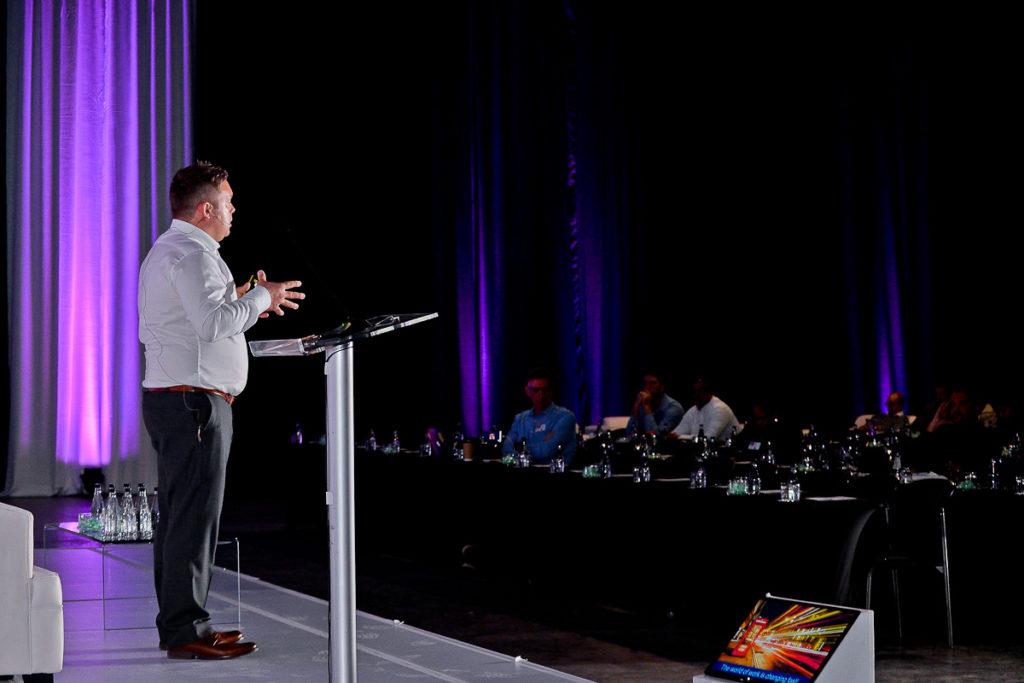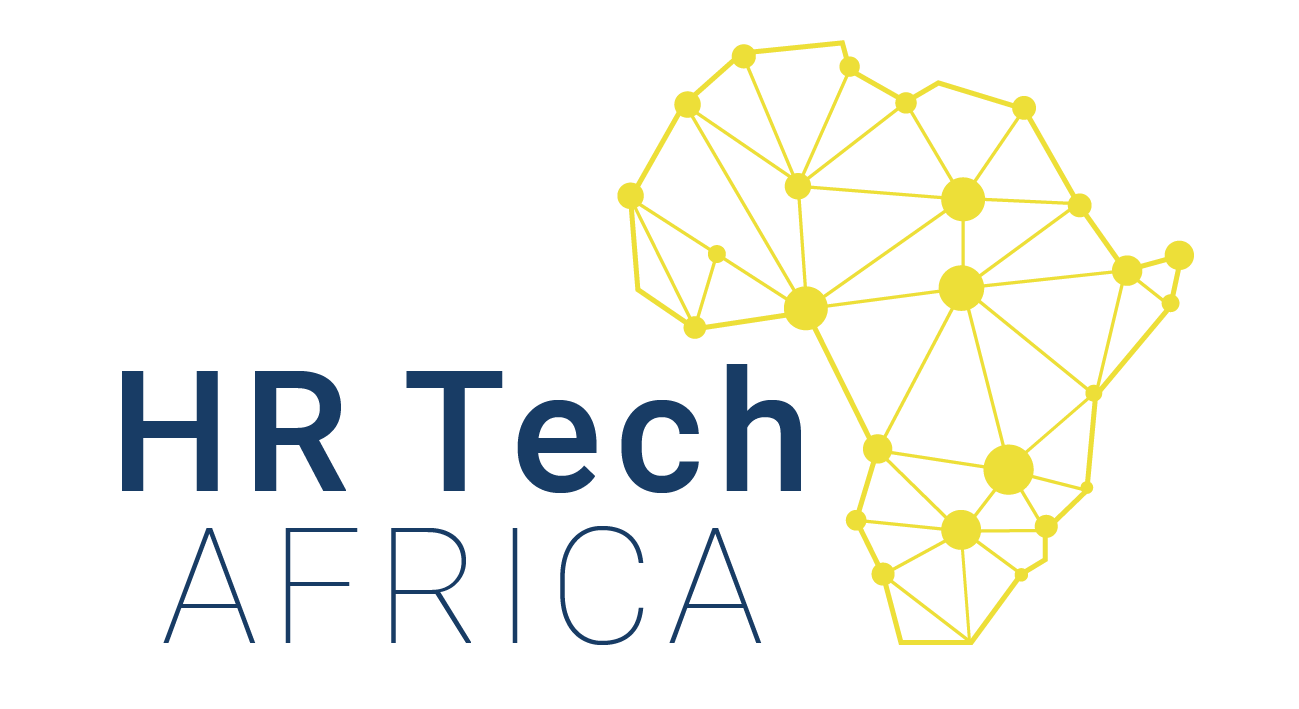
6 Steps to Getting Started with HR Analytics in Africa
In June 2019, I spoke at the Future of HR Summit about how to get started with HR analytics in Africa.
The conference was extremely insightful with some excellent speakers. I personally enjoyed connecting with so many forward-thinking HR professionals from South Africa.
Deborah Hartung set the expectations up front for day two of the conference. She challenging delegates to consider if they were ‘brave enough to break up with the past’. This refers to the need to desperately step away from the old ways of doing things, embrace change and move into the future of HR.

Future of HR Summit, Johannesburg, South Africa (2019).
I would like to share a few key insights from my talk with you here.
HR sits on a goldmine of data
In today’s workplace, HR teams are generating more data than ever before. Yet, many companies struggle to know how turn this data into powerful insights to inform key business decisions.
According to PwC’s Preparing for Tomorrow’s Workforce Today report, 41% of organisations say making workforce decisions using analytics is important but they don’t do it.
Furthermore, business leaders lack confidence that their HR functions have the necessary capability in data analytics.
According to PwC’s last CEO Survey results, there has been a ten-year ‘information gap’ between what data CEOs need and what they actually get.
HR is becoming more strategic. Leaders expect HR professionals to move away from transactional tasks towards adding more value. With this in mind, it is crucial to understand that analytics has a critical role in linking HR strategy to business outcomes. But to do this effectively, HR teams must embrace change, build the foundations, develop capabilities and showcase their ability to deliver.
The HR Innovation Research Report 2019 discovered that only 9.1% of South African businesses are proactively using analytics to effectively drive strategic decision-making. An equal number have not yet woken up to the fact that developing a data-driven culture is crucial to future success and sustainability.
What is encouraging however, is that 50.9% have made a start and are attempting to put their HR data to effective use. In addition, 30.9% have data available and are open to learning more.
Here are six simple steps which you can use to get started and steer you in the right direction – they’re also helpful reminders for those who may have already made a start on the HR analytics journey.
Step 1: Harmonise & centralise
Business is all about data.
My advice to anyone starting out with HR analytics is to spend time getting the data in order and building solid foundations. This must be done from the outset to ensure long term success.
The best advice I can give is to harmonise and centralise your data as early as possible. Ideally, consolidate it into a central data source. If one data source is not feasible, define a sensible and streamlined approach.
I can’t stress enough the importance of cleaning up your data as much as possible. Just cleaning it up though is not enough. You must implement processes to keep it this way.
Without getting these basic foundations right, you will face all kinds of challenges in making analytics work.
In my experience, this step is often the hardest and may not be a quick process. However, it will prove to be the most important in setting you up for long-term success.

Spend time getting your data in order and building solid foundations from the outset (image by Gerd Altmann, Pixabay).
Step 2: Identify the right metrics to track
I’m afraid there is no ‘one size fits all’ approach. You need to identify the right metrics for your business.
My suggestion for those new to the idea of HR analytics is to select two – three key metrics and start there. Do not try to change everything overnight.
The metrics you choose should provide the correct focus to drive the right conversations or decisions, in line with your business goals.
There will be some general themes common among most businesses (e.g. hiring, retention, engagement, culture and productivity). But, the actual details will be different in each case. For example, Google or PwC will use metrics differently to a 500 person company based in one country.
Think about the right fit for your business. What areas are leaders focused on? Where might there be ‘quick wins’? And so on…

Identify the right metrics for your business. Select two – three key metrics and start there (image by everythingpossible, 123rf.com).
Step 3: Build visualisation
Use technology to build visualisation for your metrics. This will help to bring them to life and make it easier to engage your leaders.
There are many tools out there that are available, or you may already have capability within your current HR systems.
Another recommendation I would give is – if possible, find ways to make your metrics available in real time. Having real time insights is incredibly powerful. It will significantly increase the quality of your results and effectiveness of decision making.

Building visualisations will bring you metrics to life and make it easier to engage your leaders (image by Carlos Muza, Unsplash)
Step 4: Identify users & upskill them
Metrics will most likely be made available to the HR team and leaders within the business.
Therefore, it’s necessary to spend time to ensure these users understand what the metrics represent. Without being able to understand how to interpret them and explain them to colleagues or senior leaders, you cannot expect meaningful conversations to evolve.
Metrics alone is useless. They must prompt the right action or decision to be taken. The whole process is pointless if nobody does anything with the insights.

Spend time to ensure users understand what the metrics represent, to ensure they prompt the right action (image by Christina@wocintechchat.com, Unsplash.com)
Step 5: Solve real problems using the metrics
Once you have the metrics, put them to use by solving real challenges in your business.
Make sure you engage leaders and share with them the vision towards a more data-driven culture. This ‘proof of concept’ is the first step toward gaining interest and support.
Showing that you can effectively present quality information to inform decisions and prompt meaningful discussions around real data insights will help to build confidence in HR’s ability to deliver. Furthermore, it will showcase that the data-driven approach really works and gain buy in from senior leaders.
Once proven, the support from leadership can then be leveraged for future initiatives. Perhaps, to seek additional investment to continue the analytics journey or other HR technology projects.

Use metrics to solve real challenges in your business, engage leaders and share the vision towards a data-driven culture (image by Christina@wocintechchat.com, Unsplash.com).
Step 6: Review & refine
The last step is very important. You must understand that building a HR analytics tools and capability is not a one-off project.
Your business is living and breathing, so your metrics and other HR technology must continue to grow and evolve with it.
By carrying out a one-off project, you may see some benefits in the short term but over the medium to longer term, the efforts will become obsolete.
To ensure long term success, build in ways to continuously review and refine, collect and respond to feedback and remain future-focused.

Build in ways to continuously review and refine, collect and respond to feedback and remain future-focused (image by Andrew Neel, Unsplash.com).
Conclusion
Embracing analytics is the first step to building a more data-driven HR business. It also provides a unique opportunity for HR to showcase strategic value to senior leaders.
My final point is to mention that while it is important to have high aspirations, you must get the basics rock solid. You wouldn’t attempt to build a house, without laying some solid foundations in the beginning!
Thanks for reading
If you enjoyed this, please share it with your network: Twitter | LinkedIn | Facebook
Are you a HR professional in Africa?
If you would like more information on how you can prepare for introducing or expanding analytics for your African business, please reach out to me here





